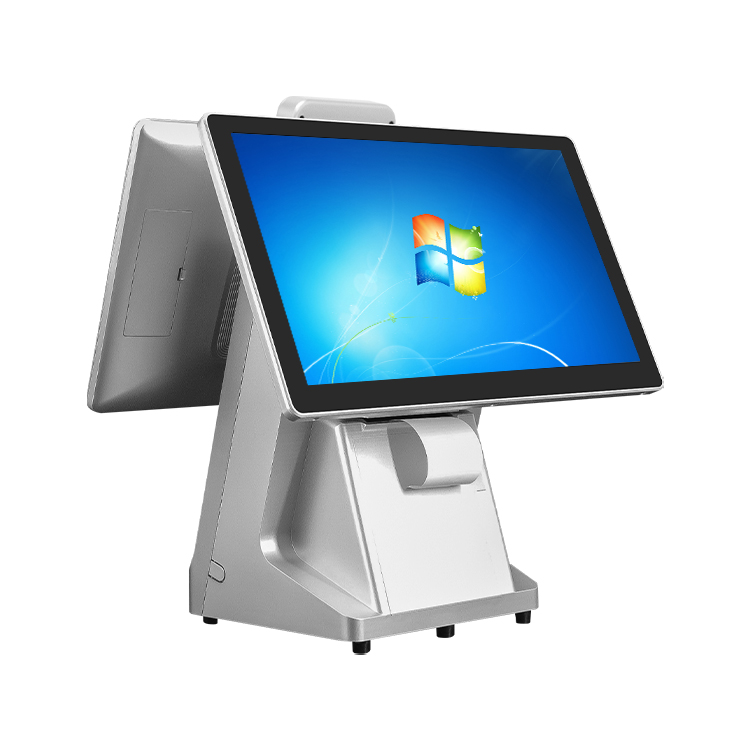In the dynamic landscape of retail and business management, the integration of all-in-one point of sale (POS) systems has emerged as a transformative solution. This article explores the ways in which these systems simplify operations, shedding light on key aspects such as point of sale price management, point of sale terminal functionality, and the various types of point of sale systems available in the market.
1. Seamless Point of Sale Price Management:
All-in-one POS systems streamline the intricate task of price management. With centralized control, businesses can easily update, modify, and synchronize pricing across products and services. This feature ensures accuracy, eliminates pricing discrepancies, and enhances overall operational efficiency.
The heart of any POS system is the terminal, and all-in-one solutions bring comprehensive functionality to this vital component. These terminals often include touch-screen interfaces, barcode scanners, receipt printers, and payment processing capabilities. The consolidation of these features into a single terminal simplifies transactions and minimizes the need for multiple devices.
2. Integration of Various Types of Point of Sale Systems:
All-in-one POS systems seamlessly integrate various types of point of sale systems, catering to the diverse needs of businesses. Whether it's a traditional checkout counter, a mobile POS for on-the-go transactions, or an e-commerce platform, these systems unify different POS types into a cohesive and synchronized operational ecosystem.
3. Centralized Inventory Management:
Efficient inventory management is a cornerstone of successful retail operations. All-in-one POS systems provide a centralized platform for tracking and managing inventory in real-time. Businesses can monitor stock levels, track product movements, and automate reordering processes, reducing the risk of stockouts or overstock situations.

4. Streamlined Reporting and Analytics:
Understanding business performance is critical for informed decision-making. All-in-one POS systems simplify operations by offering robust reporting and analytics tools. From sales trends to inventory turnover rates, these systems provide actionable insights, empowering businesses to optimize their strategies for growth.
5. Enhanced Customer Relationship Management (CRM):
Building and maintaining customer relationships is streamlined with the CRM capabilities of all-in-one POS systems. These systems often include features for capturing customer data, analyzing purchasing behavior, and implementing loyalty programs. This integrated approach helps businesses tailor their services to meet customer expectations.

6. Efficient Employee Management:
All-in-one POS systems simplify the management of staff operations. From clocking in and out to tracking sales performance, these systems centralize employee management tasks. This not only reduces administrative overhead but also allows businesses to optimize workforce deployment based on real-time sales data.
7. User-Friendly Interface for Staff Training:
The intuitive and user-friendly interfaces of all-in-one POS systems contribute to the ease of staff training. New employees can quickly adapt to the system, reducing training time and minimizing the likelihood of errors during daily operations.Every business is unique, and all-in-one POS systems recognize this by offering customization options. Businesses can tailor the system to meet their specific needs, whether it's adding specific features, integrating third-party applications, or customizing the user interface.
8. Scalability for Business Growth:
As businesses expand, the scalability of all-in-one POS systems becomes a significant advantage. These systems can accommodate the growing needs of a business, from a single-location store to a multi-channel enterprise, ensuring that operational simplicity is maintained even in the face of growth.

Conclusion: A Unified Approach to Operational Simplicity
All-in-one point of sale systems embody a unified approach to operational simplicity, consolidating diverse functionalities into a seamless and integrated platform. From efficient point of sale price management to versatile terminal functionality and the integration of different types of point of sale systems, these solutions empower businesses to streamline operations, enhance customer experiences, and adapt to the evolving landscape of retail and business management. Embracing the all-in-one POS paradigm is not just a technological upgrade; it's a strategic move towards operational efficiency and sustained growth.
point of sale point of sale terminal POS systems all in one pos



